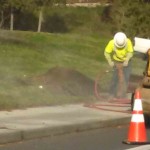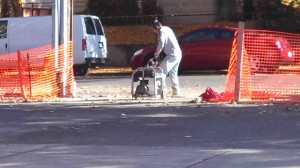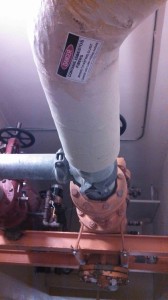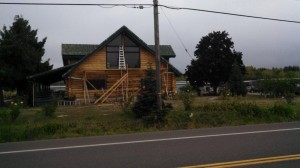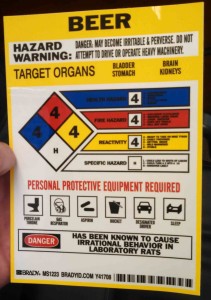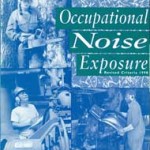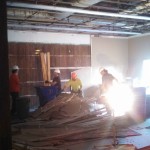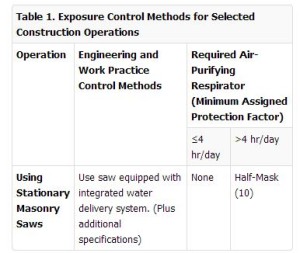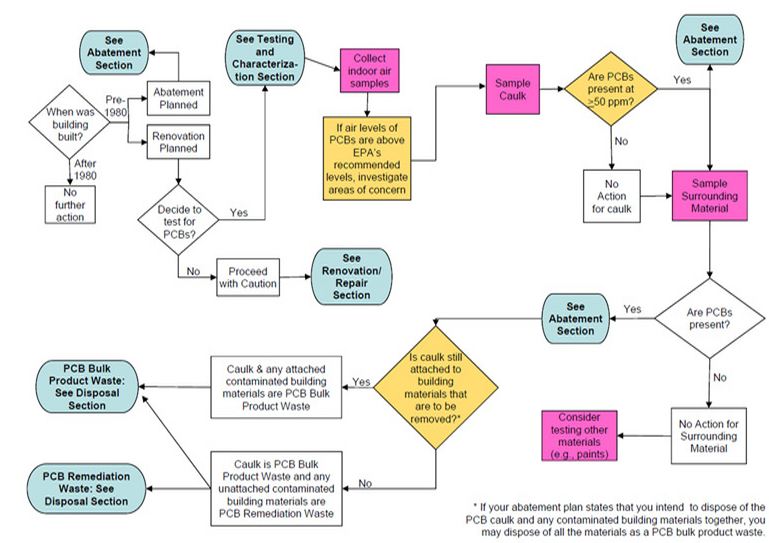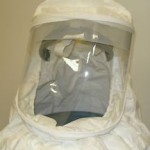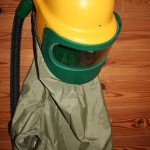Tue 4 Mar 2014
I’m sick …and I think it’s from my work
Posted by admin under Asbestos, Asthma, Biological Monitoring, Chemical Exposure, Dermal, Hazard Communication, Hearing Conservation, hygienist, industrial hygienist, Management, Mold, occupational hygiene, Risk, safety, Training, Uncategorized
Comments Off on I’m sick …and I think it’s from my work
Let’s clarify: You are a working adult. You are feeling symptoms (of some sort). And, you think it’s from something your exposed to while at work (in construction). This could include, but will not, the flu-bug. Below is a list of the most common construction illnesses.
Most Common Construction Illnesses:
- Upper respiratory
- could be from silica, drywall, dust, asbestos, nuisance dust, chemicals (I won’t even try to list all of them)
- Skin (dermal, dermatitis) damage –
- From: concrete, abrasion, chemicals
- Eyes
- mostly from things that get into the eye.
- Cumulative trauma (ergonomics) or inflammation
- repetitive motion, over a day hurts, imagine this for years
- Burn (heat or chemicals)
- Usually around hot work like welding, but this can occur when using certian chemicals
- Hearing loss
- cumulative trama to the ears when exposure is above about 85 decibels for any extended period of time.
- Poisoning– General or systemic
- From: poison ivy, stinging needles, dog bites, bees, etc.
This list may vary depending on many things including what type of construction you are in; GC, heavy, civil, specialty, etc. Â I put this list together to get a picture of where we see illnesses. However, as previously mentioned, and, everyone knows, the FOCUS FOUR is really where most injuries occur in construction.
We have seen the most prevention of illness due to one single device:
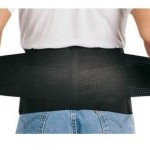 the back support. Â ha. just kidding, of course.
the back support. Â ha. just kidding, of course.
